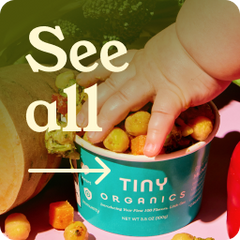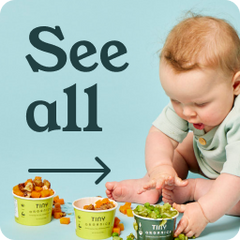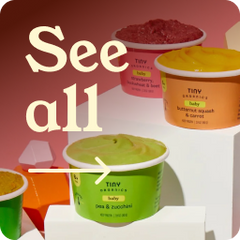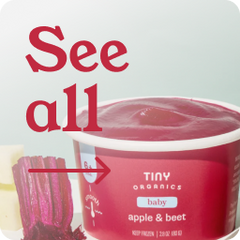How to Properly Feed a Baby a Bottle

Feeding your baby is an act of love and care, no matter how you deliver those vital nutrients. Bottle feeding is a popular way of nourishing your baby, but this seemingly simple method can be deceptively challenging. Some babies take to the bottle instantly and effortlessly, but others might need a bit more encouragement before they’re ready to become regular bottle feeders.
Knowing how to properly feed your baby a bottle, whether it’s filled with formula or breastmilk, can help you have confidence that you’re delivering everything your baby needs to thrive and grow. Here’s what you need to know.
Am I Using the Correct Bottle-Feed Position?
One of the most important parts of bottle-feeding your baby is ensuring you use a safe and comfortable position. Fortunately, there are several positions you can try to find what works best for both you and your baby.
Cradling. This natural-feeling position is also a great one for feeding your baby a bottle. Hold their head in the bend of your elbow, and tilt them so they’re at a comfortable angle for feeding.
Sitting. Especially good for babies who suffer from reflux, sitting them up in your lap to feed while resting them against your chest and stomach can be a good option. Do ensure you’re tipping the bottle back enough to fill the nipple with milk completely.
On your legs. You can sit or lay down and prop your baby against your bent legs, facing you as their back is against your thighs. This allows for plenty of eye contact and interaction.
Feeding pillow. You can use nursing pillows for more than just breastfeeding - some babies like these pillows for their bottle feeds as well. They can relax and get comfy, and your arms get a break from holding them. However, you will still need to hold the bottle for them as propping it up against the pillow can cause them to gag or overfeed.
The Proper Bottle-Feeding Technique
Following the proper technique for bottle-feeding your baby ensures they’ll get everything they need safely and comfortably.
First, prepare your bottle. This could mean pouring pre-mixed formula, mixing it on your own according to the package guidelines, or pumping breastmilk. A prepared bottle of formula can be stored in the refrigerator for up to 24 hours, but it must be used within an hour of your baby’s first sip. Breastmilk can be frozen for six to twelve months (use within 24 hours of thawing), and refrigerated for up to four days. Be sure to use a breastmilk bottle up within two hours of your baby’s first sip. Milk-based products allow bacteria to multiply quickly, so following these guidelines means your baby will stay healthy, even if it means wasting a bit of milk or formula.
Next, make sure your baby’s bottle is at the right temperature. Some babies are fine taking a bottle right out of the fridge, but many prefer a slightly warmed bottle-feeding experience. You can warm it safely by submerging the bottle in a cup of hot water for a few minutes or using a bottle warmer. Don’t microwave a bottle, as the uneven heating can cause hot spots that will burn your baby’s mouth.
Now it’s time to find the position that works for you and your baby - try one or more of the positions listed above to see what works well!
To start the feeding, position the bottle at a horizontal angle so your baby needs to suck gently in order to drink. Ensure the milk fills the whole nipple of the bottle - otherwise, your baby will swallow a lot of air, which can cause uncomfortable gas.
Take a break every few minutes to burp your baby gently. If they are unusually squirmy or fussy during the feeding, it might be caused by a gas bubble. Stop feeding and pat or rub their back for a bit to give them relief.
Pace your feeding and be patient. Your baby will feed best when allowed to go at their own speed, so allow them to regulate their own hunger and follow their cues.
What if Milk Comes Out of My Baby’s Nose?
There are several reasons milk might come out of your baby’s nose while bottle-feeding. They could be drinking too quickly to swallow everything - in this case, try giving them a brief break. They could also be drinking at an angle that doesn’t allow them to swallow everything easily, so ensure they’re in an upright position with the bottle placed horizontally.
Above all, know that this is common, as the nose and mouth are connected at the throat, so stay calm. Your baby will get the hang of bottle feeding in no time with these tips, and you can have plenty of connected and cozy mealtimes together.























